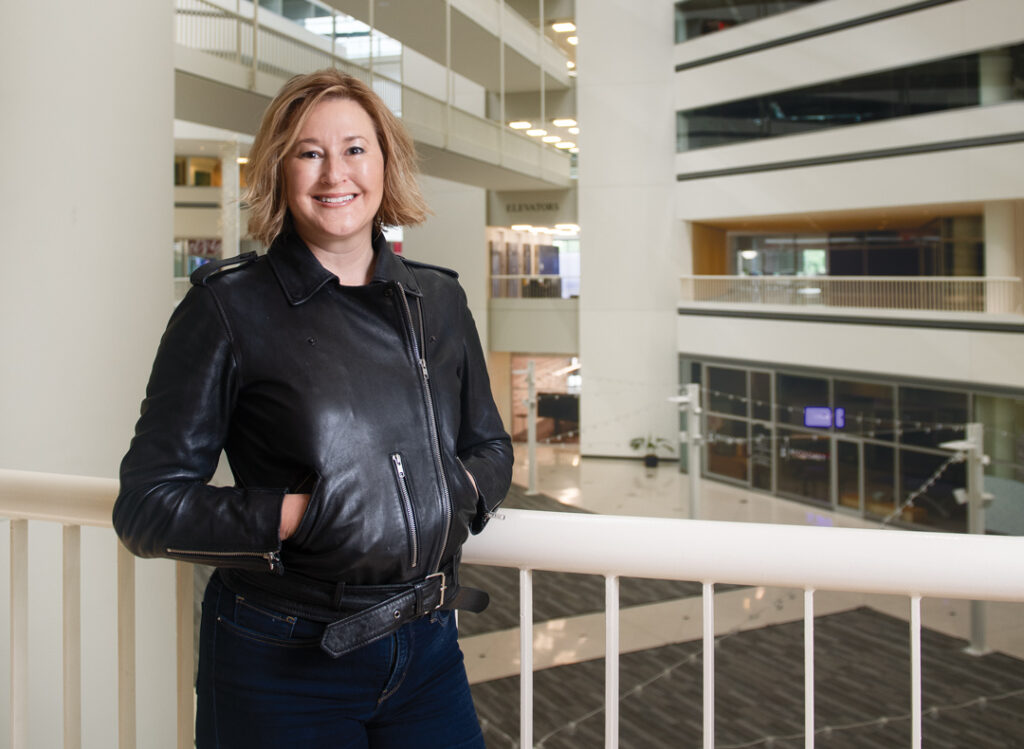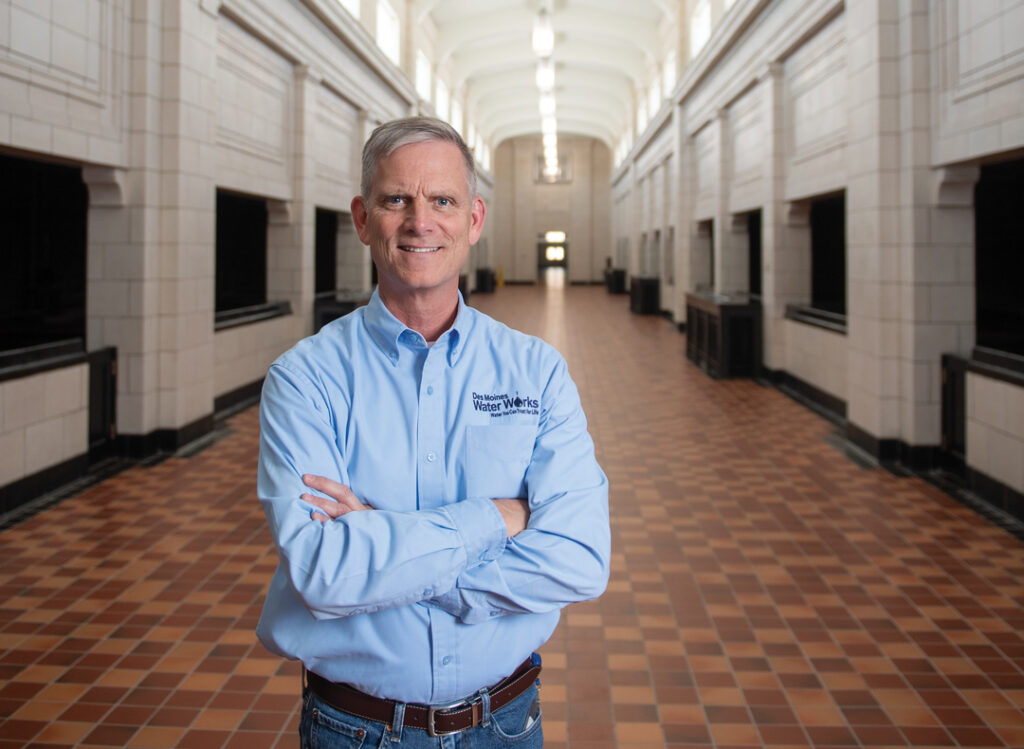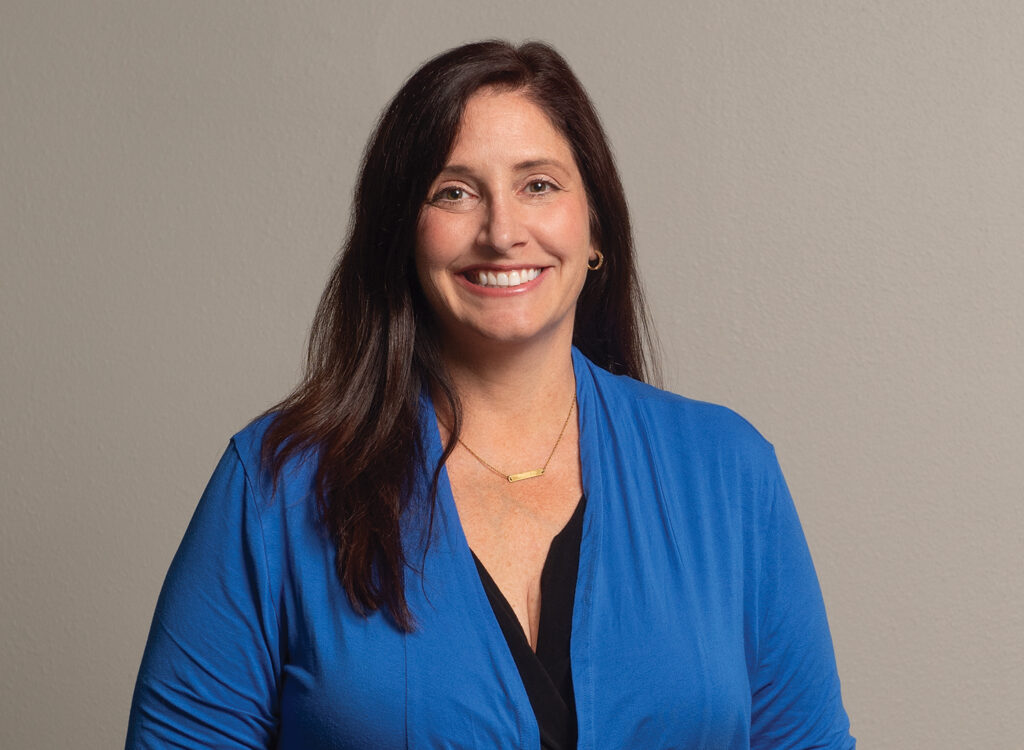The Elbert Files: Choose words carefully

DAVE ELBERT Nov 28, 2017 | 5:24 pm
3 min read time
611 wordsBusiness Record Insider, Opinion, The Elbert FilesDuring a recent appearance in Ames, Tom Vilsack told a series of stories about farmers, the weather, human nature and the value of innovation.
The former U.S. secretary of agriculture and governor of Iowa spoke in the Great Hall at Iowa State University’s Memorial Union as part of a lecture series titled “When American Values Are in Conflict.”
Vilsack began with a story about the importance of language, explaining that the USDA had once asked 5,000 Midwestern farmers if they would like more information about climate change. Eighty percent said no. Sixty percent said they did not believe the climate was changing. And the rest said that, even if it was changing, there wasn’t much they could do about it.
But when those same farmers were asked later on the same questionnaire — “Would you like to know more about weather variability?” — 80 percent said yes.
“If we’re going to have a conversation,” Vilsack said, “we need to make sure we have the right language, so we don’t stop the discussion before we get to the heart of it.”
Another example involved the USDA’s research budget.
Vilsack said one day an aide was complaining about how much more money the National Institutes of Health receives from the federal government for research.
“That’s because the NIH says it’s going to cure cancer,” Vilsack said. “Who doesn’t want to cure cancer?”
“But our science could prevent cancer,” the aide replied.
“We don’t think that way, but we should,” Vilsack told the audience in Ames.
He told the crowd of mostly students that the dangers of changing weather are everywhere and they are increasing.
“Lloyd’s of London concluded it would take only three catastrophic weather events happening in a relatively short time frame to disrupt world food production by 7 to 10 percent,” he said. The result, he added, would be global political and economic instability.
But, he continued, new weather patterns also provide opportunities by opening up possibilities for new crops and new ways to use old crops.
Vilsack told a story about how drought has killed 100 million trees in California.
“Are we going to simply let them burn and release the carbon that’s been stored in those trees for decades?” Vilsack asked. “Or are we going to figure out a creative way to use the wood to preserve and conserve the carbon that’s already stored?”
“How about this idea?” he said. Engineers in Europe have figured out how to create a new type of plywood that can be used as a structural material for the framing of multistory buildings.
This new type of fiberboard is more fire-retardant than cement and steel because at high temperatures it only chars; it doesn’t melt or crumble, he said. It’s also more energy-efficient because pieces fit together like Legos.
Developers in Portland, Ore., are already building 10-story commercial buildings with the new wood, Vilsack said.
His final story started with a conversation with Walter Robb, chief executive of Whole Foods, not long after the retailer had opened its first Iowa store.
“It’s great to have a Whole Foods store in West Des Moines,” Vilsack told Robb. But what about inner-city Americans, like people in Detroit, who can’t afford Whole Foods?
The CEO had a team put together a plan for Detroit. But it did not cash-flow, Vilsack said.
“To his credit, Robb told the team: Change the model. Shrink the size. Survey the neighborhood.”
They did and came up with a plan that would, by their projections, start slowly but “be rolling” by 10 years.
“You know what?” Vilsack said. “They reached the 10th year’s sales projection in the first year.”








